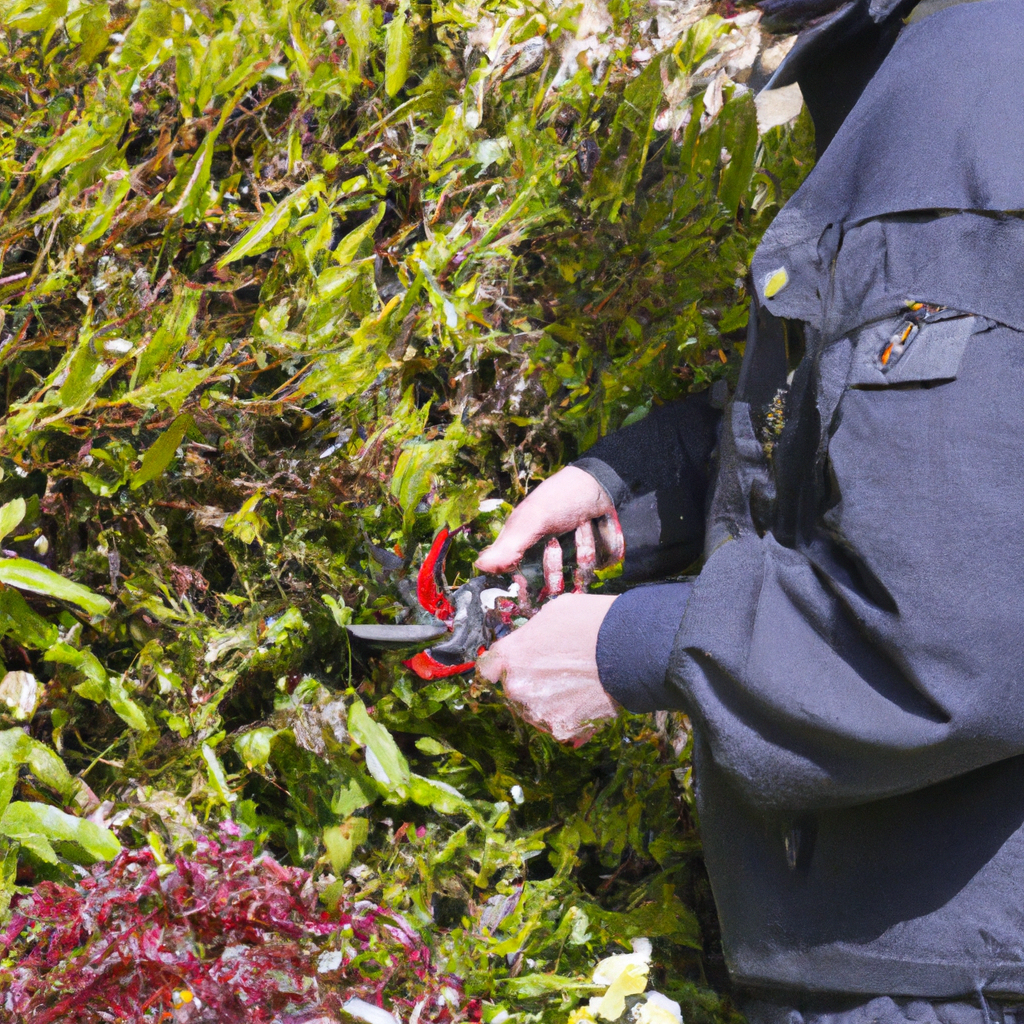
Welcome to our comprehensive guide on the art of pruning! In this article, we will delve into the essential tips and techniques to help you shape and nurture your plants effectively. Pruning plays a vital role in maintaining the health and beauty of your plants, promoting growth, and maximizing their potential. Whether you are a seasoned gardener or just starting out, this article will provide you with the knowledge and skills to master the art of pruning.
Why Pruning is Important
Pruning is the process of selectively removing certain parts of a plant, such as branches, buds, or roots. This practice offers numerous benefits for your plants and is essential for their overall well-being. By removing dead, damaged, or diseased branches, you can prevent the spread of infections and improve the plant’s overall health. Pruning also helps shape the plant, encouraging a more desirable form and enhancing its aesthetic appeal. Additionally, it stimulates new growth, promotes better air circulation, and increases the plant’s resistance to pests and diseases.
Choosing the Right Tools
Before you begin pruning, it is crucial to have the right tools at hand. Using the appropriate tools will make the process easier and more efficient while minimizing the risk of damaging your plants. Some essential pruning tools include:
- Pruning Shears: Also known as secateurs, these handheld tools are ideal for cutting small branches and stems. Look for sharp, bypass shears for clean cuts.
- Loppers: These long-handled tools are suitable for cutting thicker branches, typically up to 2 inches in diameter. Choose loppers with adjustable handles and sharp blades for ease of use.
- Pruning Saws: For larger branches, a pruning saw is necessary. Opt for a curved or straight blade saw, depending on the type of pruning you will be doing.
- Hedge Shears: If you have hedges or shrubs, hedge shears are essential for shaping and maintaining their form. Look for lightweight shears with sharp, straight blades.
- Gardening Gloves: Protect your hands from thorns, splinters, and other potential hazards by wearing a sturdy pair of gardening gloves.
Understanding Pruning Techniques
To effectively shape and nurture your plants, it is essential to familiarize yourself with various pruning techniques. Different plants may require specific pruning methods, so it is crucial to understand the needs of each plant species. Here are some common pruning techniques to consider:
- Thinning: This technique involves selectively removing entire branches or stems to improve air circulation and reduce the density of the plant. Thinning helps prevent diseases and encourages new growth.
- Heading Back: Heading back entails cutting branches or stems back to a specific point, such as a bud or lateral branch. This technique stimulates growth and is often used to control the height and shape of a plant.
- Pinching: Pinching is a gentle technique where you remove the tips of young shoots or buds with your fingers. This encourages bushier growth and can be used on plants such as herbs and annual flowers.
- Deadheading: Deadheading refers to the removal of faded or spent flowers. By doing so, you redirect the plant’s energy towards new growth and encourage continuous blooming.
- Renewal Pruning: This technique involves removing old, woody branches to rejuvenate the plant and promote the growth of new, healthier branches.
When to Prune
Timing plays a crucial role in successful pruning. Different plants have different pruning requirements, and understanding when to prune is essential for optimal results. Here are some general guidelines to consider:
- Spring-Flowering Plants: Prune these plants immediately after they finish blooming. Pruning earlier may remove flower buds and diminish the display.
- Summer-Flowering Plants: Prune these plants in late winter or early spring before new growth begins. This allows the plant to produce new blooms on the current year’s growth.
- Evergreen Shrubs: These shrubs can be pruned in late winter or early spring before new growth starts.
- Fruit Trees: Prune fruit trees during their dormant season, typically in late winter. Avoid pruning when the tree is in full bloom or during excessively cold weather.
Pruning Tips and Best Practices
To ensure successful pruning and promote the health of your plants, consider the following tips and best practices:
- Start Small: If you are new to pruning, begin with small, manageable plants. This will allow you to practice and develop your skills before moving on to larger, more complex pruning tasks.
- Observe Proper Technique: Make clean cuts just above a bud or lateral branch to encourage healthy growth. Avoid leaving stubs or cutting too close to the bud, as this can inhibit growth and invite disease.
- Sanitize Your Tools: Before pruning, sterilize your tools to prevent the spread of diseases. Wiping the blades with a solution of 70% rubbing alcohol or a mixture of bleach and water will help keep your tools clean and safe to use.
- Consider the Plant’s Growth Habit: Different plants have different growth habits, such as upright, spreading, or weeping. Understanding the natural growth pattern of a plant will help you determine the best pruning approach.
- Regular Maintenance Pruning: Regularly inspect your plants for any signs of damage, disease, or overcrowding. Performing maintenance pruning throughout the year will help keep your plants healthy and well-shaped.
- Prune with Purpose: Before making any cuts, have a clear goal in mind. Whether you want to improve the plant’s structure, remove deadwood, or enhance its overall appearance, pruning with purpose will yield better results.
Conclusion
Congratulations on mastering the art of pruning! By following the tips and techniques outlined in this guide, you are well-equipped to shape and nurture your plants effectively. Remember to choose the right tools, understand various pruning techniques, and prune at the appropriate time. Regular maintenance and observation will ensure your plants thrive, and their beauty shines through. Happy pruning!